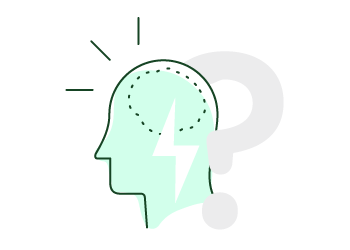Getting Things Done - GTD
How to Define Your Vision Statement
AUTHOR: Francisco Sáez"The only thing worse than being blind is having sight but no vision." ~ Helen Keller

One of the main bad habits in the field of personal productivity is the assignation of subjective priorities to our daily tasks and projects; a problem that stretches back to the traditional management systems.
These numbers or letters that you write next to each task (if you still do it) usually lead you to live too busy doing things that are urgent, but rarely important. The Time Management Matrix explains pretty well the difference between urgency and importance.
To decide what is important and what is not, you first need to stop and reflect on what you want to be and how you think you can become so. That is why other, more modern personal productivity methodologies, encourage you to think about higher concepts, such as life purpose and vision. Specifically, GTD calls perspective to this vertical approach and speaks of establishing 6 levels of perspective on which your priorities should lean.
Vision is one of the concepts that is usually less understood in this plane. Although it is a concept widely used when creating businesses and organizations, it is not very common to use it in the personal sphere. So I will try to shed some light.
What is a vision statement?
It is a text that outlines where you want to be within a few years. That where is not a physical place, but the situation in which you’d like to see yourself in the future. It is also a way to communicate your life purpose and your values.
What questions does it answer?
Where do I want to be in the future? When do I want to reach that stage? How do I want to do it? This how does not refer to the strategies you will use to achieve your vision from today on (these strategies will be defined by more specific goals and projects), but the values on which the vision settles.
How should it be?
The statement should be clear and unambiguous. It should describe the desired future in an attractive and memorable way. It should show realistic, achievable aspirations, and should be aligned with your life purpose and values.
To be clear and brief at the same time, words should be chosen carefully. It should not be so generic that it does not indicate direction (“I want to be successful”) or so specific that it will no longer apply in a few years (“I want be living in New York”).
If your vision includes seemingly unrelated areas of focus (e.g. your personal and professional situation), you can use two or more statements to describe it.
What is it for?
It is primarily a source of inspiration. No matter whether you are interested in your own productivity or not, and no matter if you use GTD or any other personal organization system; defining a vision of yourself in a few years is an exercise that will help you to better understand yourself and give your best.
Also, having a clear vision will help you make decisions, identify solutions and address critical issues, such as why you must carry out a specific project. Unconsciously, that image will take you to establish the necessary goals to make it a reality.





No comments